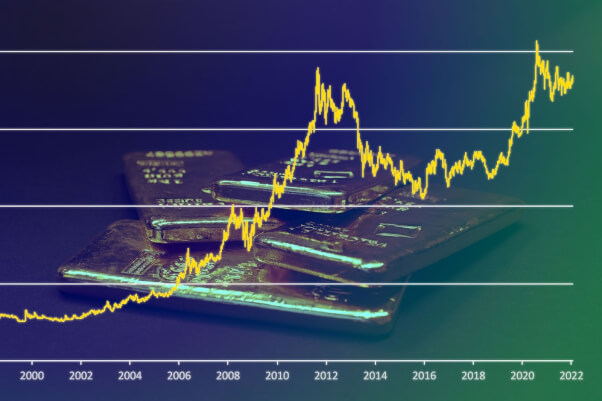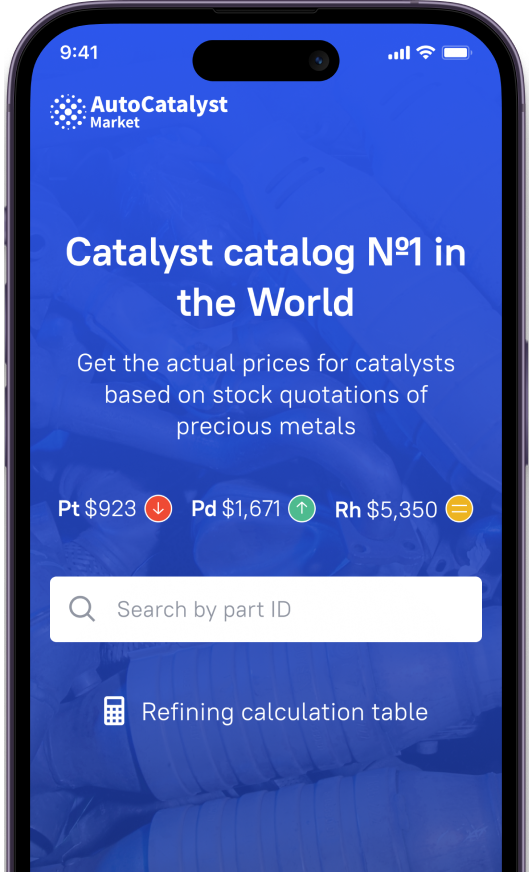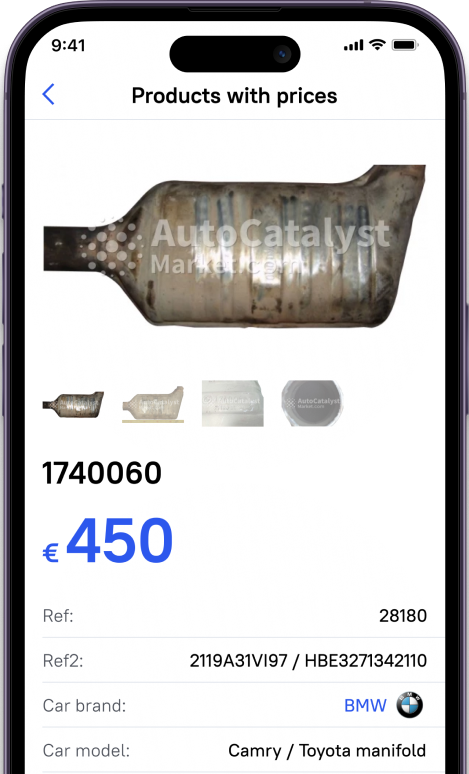- Factors affecting catalytic converter weight
- Converters Age
- Location on Engine
- Engine Size
- How much does a catalytic converter weigh?
- What actually affects the price of scrap catalysts?
- Precious metal content
- Precios metal market rates
- Dealer Choice
- How to get the catalyst price quickly?
Catalytic converters come in many different types, shapes, and weights. Many people know how important it is to properly dispose of used catalytic converters, but it is also important to understand the factors that go into determining the price and what they are. Does it matter how big is a catalytic converter? Today we will answer all of these questions, as well as tell you how to quickly find out the price of your catalyst.
Factors affecting catalytic converter weight
Three general factors affect the weight of catalytic converters:
- Age of the converter
- Location on the Engine
- Engine Size
Let us see how each of these factors works!
Converters Age
The initial versions of catalytic converters emerged in the 1960s, but it wasn't until the mid-1970s that they were widely manufactured for vehicles. Early converters were larger and bulkier than their modern counterparts. Over time, advancements in technology have led to smaller yet more efficient converters. This shift has created a misconception that heavier converters are more valuable. However, stricter emission control standards have actually increased the precious metal content inside conventional catalytic converters, determining their worth, rather than their size or weight.
If we consider the age of usage for modern converters, over time, catalytic converters may accumulate deposits and contaminants from the engine's exhaust gases, affecting their weight. Older converters might have more buildup, altering their overall mass compared to newer, cleaner units.
Location on Engine
The positioning of catalytic converters within a vehicle's exhaust system significantly influences their weight. For instance, manifold cats, located adjacent to the engine, tend to be smaller and lighter compared to converters positioned under the vehicle. This discrepancy in weight doesn't necessarily diminish their value but rather impacts their installation on cars.
The under-car catalytic converters, despite being larger and heavier, might hold more weight than manifold or pre-cats. However, their weight isn't solely indicative of their monetary worth. While primary converters beneath the vehicle may contain more steel, their higher worth stems from the greater concentration of precious metals inside, despite potentially weighing less than manifold cats.
Engine Size
engine size can influence the weight of catalytic converters. Larger engines typically produce higher exhaust volumes and higher emissions, necessitating larger and more robust converters to manage these outputs effectively. For instance, a V8 engine in a truck would likely require larger and heavier catalytic converters compared to a compact car with a smaller engine, like a four-cylinder.
Engines with greater displacement and power output tend to produce more pollutants, demanding larger converters with higher precious metal content to effectively reduce emissions. However, advancements in converter design and materials allow for more efficient converters even in smaller engines, ensuring compliance with emissions standards without significantly increasing weight. Despite variations based on engine size, technological advancements continue to improve the efficiency and effectiveness of catalytic converters across different vehicle types.
How much does a catalytic converter weigh?
There are plenty of catalyst types, and each of those types may present different values. So here is a summary table representing how heavy is a catalytic converter by type in pounds:
Type of Converter |
Weight Range (pounds) |
Small Breadloaf |
3-6 |
Bead Catalytic Converters |
10-16 |
Small Foreign Catalytic Converters |
1-5 |
Medium-Sized Foreign Converters |
3-11 |
Small GM Converters |
4-8 |
Large GM Catalytic Converters |
5-10 |
Exotic Converters |
2-12 |
Aftermarket Converters |
2-4 |
Torpedo Catalytic Converters |
5-15 |
Small Foil Converters |
2-3 |
Medium-Sized Foil |
3-8 |
Large Foil Converters |
4-10 |
DPFs |
3-16 |
Pre-Foreign Converters |
2-8 |
Pre-Domestic Converters |
2-8 |
Flow Catalytic Converters |
3-6 |
Although certain converters may be heavier than others, the catalytic converter size or weight doesn't necessarily correlate with their monetary value. The crucial factor in assessing a catalytic converter's worth lies not in its unit weight but in the retrieved weight of the precious metals contained within.
What actually affects the price of scrap catalysts?
So if the weight and size don’t matter that much, what actually makes the worth of catalytic converters? Several factors have a significant impact on the price, let us see them!
- Precious metal content
- Precios metal market rates
- Dealer Choice
Precious metal content
The primary driver behind catalytic converter pricing is the quantity of precious metals within, specifically platinum, palladium, and rhodium. Extracting these metals from nature is challenging, emphasizing the importance of recycling used catalysts to preserve this resource. Recycling not only mitigates factors like emission control standards and engine power but also unveils the true weight of precious metals' content. Consequently, while a converter's size or weight provides clues, its true value lies in the metals it contains, emphasizing the significance of recycling for sustainability and resource conservation.
Precios metal market rates
Given that these precious metals are used not only as catalysts but also in other industries like medicine and jewelry, it's crucial to have broad market coverage for evaluation. Therefore, there are precious metal exchanges where the finite resources of platinum, palladium, and rhodium exhibit volatility based on demand and supply across all sectors. This directly impacts the value of both the catalysts themselves and the automotive industry as a whole.
Dealer Choice
Selecting the right dealer significantly impacts your final cost. Whether you opt for scrapyards or trusted buyers, each may add their margin based on their turnover. Online platforms partnering with trusted buyers tend to have higher turnover rates, offering fairer prices compared to scrapyards. Scrapyards may involve illegal activities due to the prevalent issue of stolen catalysts being sold in such places and their turnover is not that high compared to online platforms that simply have a broader reach.
How to get the catalyst price quickly?
The AutoCatalystMarket website is a platform that connects buyers and sellers. Here you have an extensive library of catalytic converters that counts over 25,000 units with images and descriptions to identify your device. Besides, you can also identify your unit by serial number, car brand, or cat manufacturer by using the search bar on the site. This in turn allows you to get actual prices for catalytic converters based on exchange prices. Moreover, the trusted buyers here bound to your location will care about all the complexities of the recycling process and you just need to hand your catalyst to them in a way of your choice.
Benefits of using ACM:
- Remote price estimations: Avoid visiting scrapyards by remotely estimating catalyst values utilizing the platform
- Real-time pricing for precious metals: Stay updated on current rates for Platinum (Pt), Palladium (Pd), and Rhodium (Rh), ensuring accurate converter pricing.
- Connecting supply and demand: AutoCatalystMarcent connects supply and demand and is a marketplace for catalytic converters both for buyers and sellers.
AutoCatalystMarket provides a seamless selling process for your catalytic converter, simplifying the transaction from preparation to payment. Leverage that convenient tool and save on purchasing a new catalyst by getting the benefit of fair prices via recycling!






































